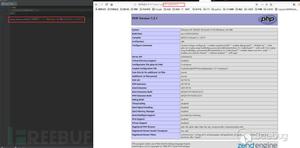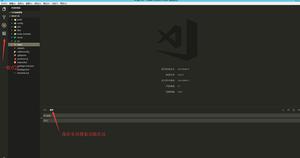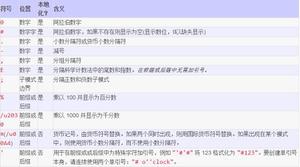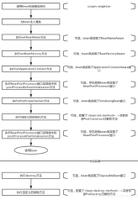MySQL中replace into语句的用法详解
在向表中插入数据的时候,经常遇到这样的情况:
1、首先判断数据是否存在;
2、如果不存在,则插入;
3、如果存在,则更新。
在 SQL Server 中可以这样写:
if not exists (select 1 from table where id = 1) insert into table(id, update_time) values(1, getdate()) else update table set update_time = getdate() where id = 1
在MySQL 中也可以先select,判断是否存在,存在则 update 否则 insert
但在MySQL 中有更简单的方法,使用 replace into关键字
replace into table(id, update_time) values(1, now());
或
replace into table(id, update_time) select 1, now();
replace into 跟 insert 功能类似,不同点在于:replace into 首先尝试插入数据到表中。
1、如果发现表中已经有此行数据(根据主键或者唯一索引判断)则先删除此行数据,然后插入新的数据。
2、 否则,直接插入新数据。
要注意的是:插入数据的表必须有主键或者是唯一索引!否则的话,replace into 会直接插入数据,这将导致表中出现重复的数据。
MySQL中replace into有三种写法:
1. replace into table(col, ...) values(...)
2. replace into table(col, ...) select ...
3. replace into table set col=value, ...
前两种形式用的多些。其中 “into” 关键字可以省略,不过最好加上 “into”,这样意思更加直观。
另外,对于那些没有给予值的列,MySQL 将自动为这些列赋上默认值。
可惜的是replace不支持update某些特性,也就不能直接当作update使用:
常见update写法:update table set col=col+1 where id=1;
使用replace into不支持这样的写法:replace into table set col=col+1,id=1;
1、首先判断数据是否存在;(没问题)
2、如果不存在,则插入;(没问题)
3、如果存在,某字段值在原来的基础上加上或减去某个数,如加一操作。(不支持)
以上是 MySQL中replace into语句的用法详解 的全部内容, 来源链接: utcz.com/z/321185.html







